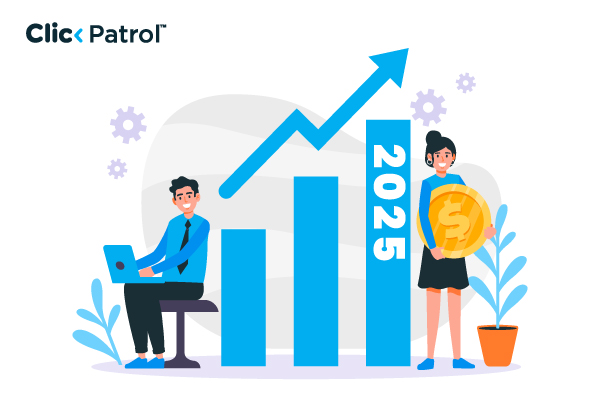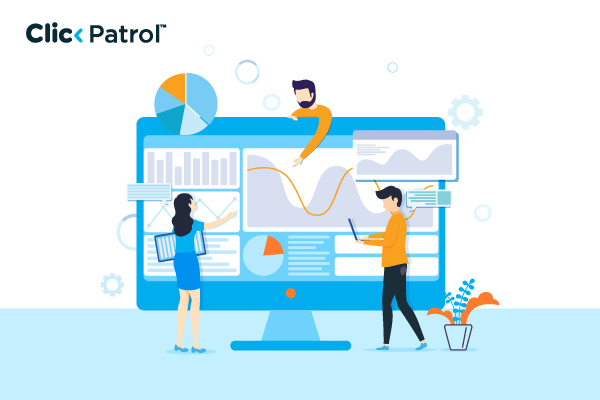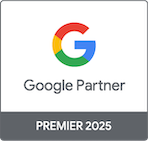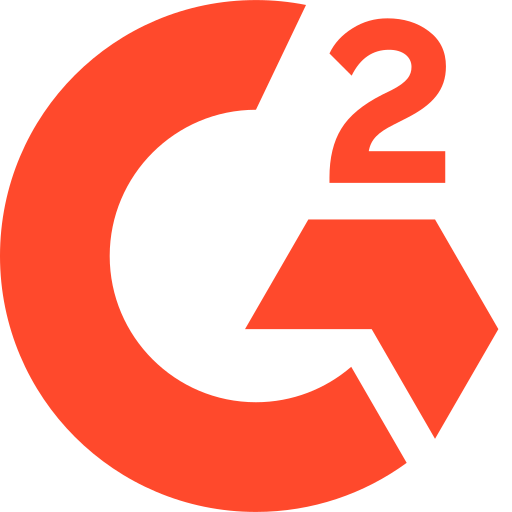
How a Website Redesign Can Impact Your PPC Campaigns (And How to Avoid Traffic Loss)
Abisola Tanzako | Feb 20, 2025
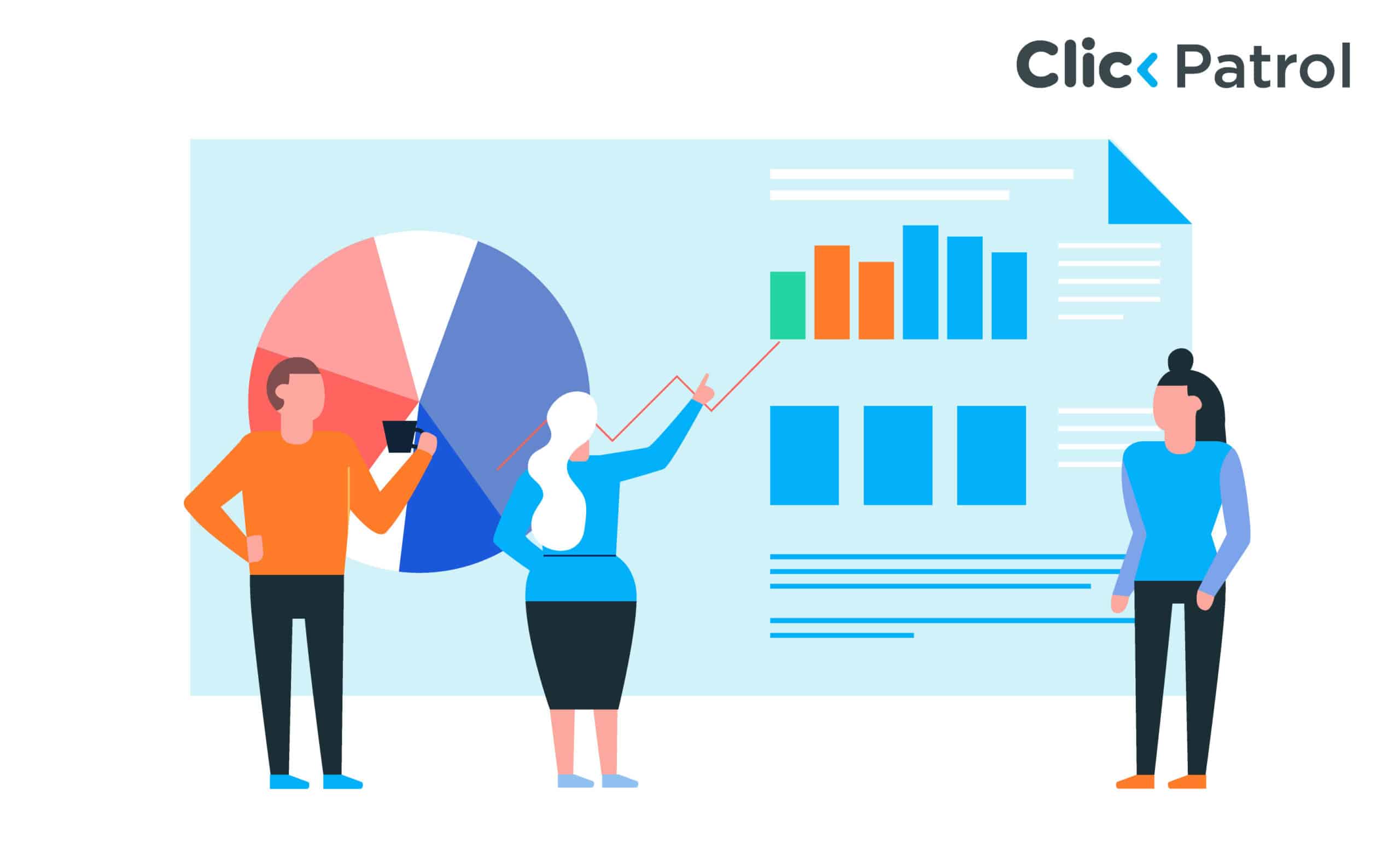
Table of Contents
Making an impression in today’s competitive digital world is increasingly complex, and even with hard work in search engine optimization (SEO), results may take time to show. Studies show that 38% of users will stop engaging with a website if the layout is unattractive, which can negatively impact PPC conversion rates.
However, purchasing clicks is just part of the equation; you need a functional, user-friendly website to convert visitors into paying customers. This guide covers the common PPC challenges after a website redesign, how to mitigate risks, and best practices for a smooth transition.
Aspects of website design that immediately affect PPC efficiency
Here are key website design elements that can directly impact the success and efficiency of your PPC campaigns.
1. Responsiveness of a website
It is uncommon to find someone who would conduct a search engine query on a PC instead of a mobile device. As a business, it is reasonable to presume that your clients use their smartphones and tablets to look for and buy products. Therefore, ensure your website is compatible with these devices’ screen sizes.
Your website’s content needs to adjust to the size and position of the device it is being used on. This type of webpage is known as “responsive.” Users will find it easier and more fluid to navigate your website if it is responsive.
2. Design of user interfaces (UI)
Most people do not have the patience to spend more than a few minutes on a sluggish, laggy website. Neither you nor your clients will likely want to visit a slow website. Whether a store is online or in person, a customer’s choice to buy is greatly influenced by its design.
Therefore, you must ensure your website is visually appealing and not hastily put up by a novice. It must be professional since it showcases your business identity, has reliable navigation, and is aesthetically beautiful.
3. Page speed
Page speed is another element that can make or break the effectiveness of your PPC campaign. When you dialed up the internet, do you recall how long it took for a single page to load? Do not let slow page loads depress users who desire a different experience than you. Studies show that users who wait longer than three seconds to view a page will likely leave.
Even if your website is well-designed and contains excellent material, you risk losing a potential customer if it takes longer than the visitor anticipates to load. Users always prefer quick-loading websites. An average page loads in roughly 15 seconds, according to Google research. According to the same report, 70% of mobile landing pages’ above-and below-the-fold visual content loads in seven seconds or less. Mobile speed also affects your business’s growth.
4. Appealing text
Your website serves as a vehicle for making an excellent first impression on visitors. Ensure you can capture their interest when they land on your page. Concentrate on writing engaging material that satisfies your website’s primary goal of enticing and educating potential buyers. Your website’s language should make it apparent what your company offers, what makes you stand out from the competition, and what content will keep visitors interested.
Your website should be consistent in terms of branding and user experience. Educating your audience aids in building your authority within your field. Once you have proven your knowledge, potential clients will return to your website.
How to track PPC performance after a website redesign
Consider these key strategies to track and optimize your PPC performance after a website redesign.
- A successful website can have a significant impact on your PPC campaign. Even if not every visitor to your website becomes a conversion, you can still connect with them later by running another advertisement or creating content around the term that brought them to your page. These visitors exhibit a high degree of purpose when finding your website by employing particular keywords.
- It is essential to target the appropriate audience with your message. Use different search phrases to personalize a landing page and send more relevant content. This method will prevent you from duplicating the landing page.
- Even using “emojis” increases your click-through rate. Emojis can help attract prospects. However, limit the number of emojis you utilize in your campaign to those that enhance your main points.
- Test your website to find any issues affecting your PPC campaign. Testing can help identify issues that may be hindering performance. Although digital marketing can be expensive and time-consuming, it can yield profitable results.
- Speak with experts in digital marketing to assist you in developing a thorough plan. A well-developed digital marketing plan can enhance your efforts and optimize results.
- Stay current with shifting trends. Trends tend to change over time, so it’s essential to stay updated and adjust your campaigns as needed.
Maximizing PPC success through a strategic website redesign
A website redesign is not just about aesthetics; it can significantly impact the effectiveness of your PPC campaigns. By focusing on key web design aspects such as responsiveness, user interface, page speed, and engaging content, you can enhance your visitors’ experience and improve conversion rates. After a redesign, tracking PPC performance becomes even more crucial, and employing strategies such as targeting the right audience, personalizing landing pages, and testing your site for issues will ensure that your campaigns stay effective.
Digital marketing may take time and investment, but with a strategic approach, you can maximize your ROI and stay ahead of the competition. Planning a website redesign? To ensure a seamless PPC transition, consult with an expert or use a PPC audit tool to avoid traffic loss.
FAQs
1. How long does it take for PPC performance to stabilize after a website redesign?
PPC performance typically stabilizes within a few weeks to a few months after a website redesign. This timeframe allows for campaign adjustments, reindexing by search engines, and optimization based on the new website setup.
2. What are common PPC mistakes businesses make after a site migration?
Common PPC mistakes after a site migration include failing to set up proper redirects, not updating tracking codes, overlooking mobile optimization, neglecting landing page testing, and not adjusting ad copy to align with the new site content.

